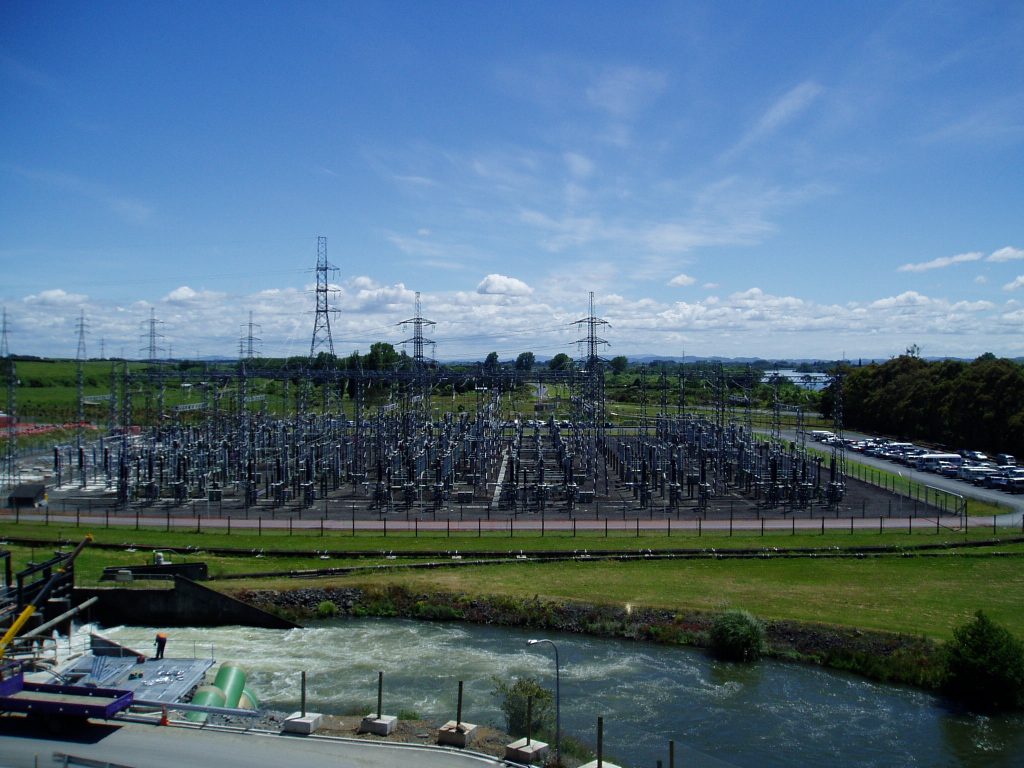Short-circuit analysis is carried out in electrical power systems to ensure that the selected electrical equipment and the installation as a whole is safe for workers as well as the general public.
Electrical equipment can fail thermally or mechanically if they are subjected to fault currents exceeding their ratings. Fault analysis is also used determine the earth potential rise in high voltage substations and transmission towers including induced voltages to adjacent metallic infrastructures and non-current carrying metallic objects.
The results of short-circuit calculations are used to determine the fault ratings of new electrical equipment to be procured and installed. Minimum fault currents are used to set protection relay settings to ensure accurate and coordinated relay operations. Maximum fault currents are used to select equipment ratings and to design the earthing system.
Fault analysis is also used in power quality assessments. A fault in a power system will cause short term voltage fluctuation if cleared as expected or long term power outage if fault clearing failed. Assessment includes voltage flicker, harmonic analysis and voltage unbalance.
